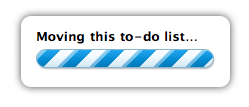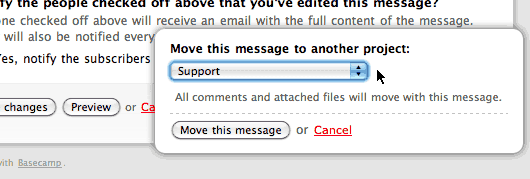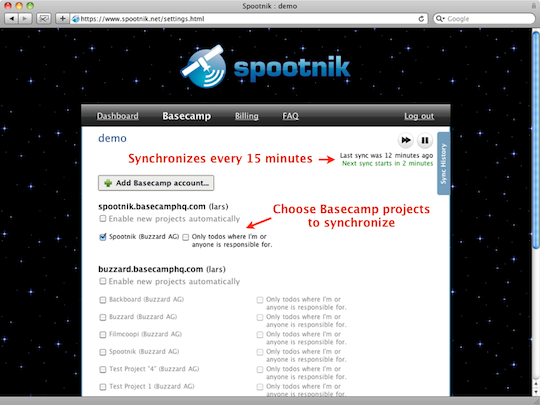Below: Q&A with Petr Palas, CEO and Co-Founder of Kentico Software (based in The Czech Republic). He also answered reader questions in the comments. This is part of our “Bootstrapped, Profitable, & Proud” series which profiles profitable companies that didn’t take VC and have over $1 million in annual revenues.
What does your company do?
 We help web developers have more fun creating websites. We have a single product called Kentico CMS for ASP.NET. Now you may think it’s just another boring CMS. Well, it may be. But we believe it’s different. Most CMS systems are either very simple and thus easy to use or they are extremely flexible and complex. We decided not to make decissions between simplicity and flexibility and mix both of them in a single product. So we built a CMS that makes web developers much more productive, but also allows them to design the website in the way they need.
We help web developers have more fun creating websites. We have a single product called Kentico CMS for ASP.NET. Now you may think it’s just another boring CMS. Well, it may be. But we believe it’s different. Most CMS systems are either very simple and thus easy to use or they are extremely flexible and complex. We decided not to make decissions between simplicity and flexibility and mix both of them in a single product. So we built a CMS that makes web developers much more productive, but also allows them to design the website in the way they need.
How did the business get started?
I was building some websites and web applications and realized there’s a lot of routine work I hated. I believed there must be an easier way to do things. I worked in a company that created several .NET components for developers and then I saw there was no good CMS for ASP.NET developers. I suggested that to the employer, but they didn’t see that as an opportunity since there were many web agencies selling their own simple CMS products. So I decided to start my own company in 2004, just with my savings. I gave up my master studies of computer science and put all my efforts and time into my company.
And I was actually lucky, since my first client was Gibson Guitars who decided to use Kentico CMS for their website, although the product was very immature (and they’re still our client!). At that time, I didn’t have any strategy or big vision. I didn’t watch the market and competitors. I just followed what our clients were asking for and tried to add those features as quickly as possible. Thanks to that, we’ve had some features, such as friendly URLs and SEO optimized pages, years ahead of big CMS companies. As we implemented what the clients wanted, we were growing rapidly with every new release.
I didn’t have any strategy or big vision. I didn’t watch the market and competitors. I just followed what our clients were asking for and tried to add those features as quickly as possible.
Then I was lucky again and got a contract for some development based on Kentico CMS for T-Systems, a division of T-Mobile. It gave me some extra money and I immediately invested it into further growth of the company.
I hired three university students as developers to speed up the development. We used students a lot since they were much cheaper and easier to hire for a start up company. At some point, we had 25 employees, 20 of which were students. We still have students in our team, but the ratio is much lower, it’s about 15% now.
As they graduate, they continue as full-time employees. The stability of our team is actually something I’m proud of – we’ve never lost an employee who was excellent and for which the job was a good fit. Now, after 6 years, we have 62 employess, 4 of them in our U.S. office.
That leads me to one important part of the story: We’re not an American company. We’re not even in Western Europe. We are located in the Czech Republic, a former communist country in Central Europe. Still, we managed to grow our client base to 2,000 clients in 84 countries without ever meeting most of them.
At the beginning, I decided I wanted to make the product for the global market since the market size was enormous in comparison to our local market. So I started to sell the CMS online, without any sales staff and with a very small marketing budget that I spent mostly on Google Adwords. We ranked very high at Google because most of our big competitors didn’t bother with SEO at that time. It gave us lots of traffic. We’re constantly trying different approaches to marketing, but it seems to me that the return for every extra marketing dollar is smaller and smaller.
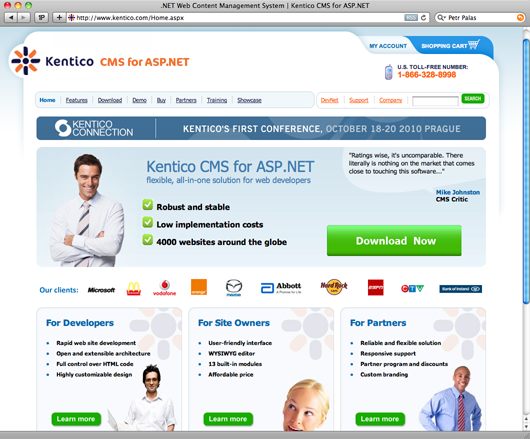
Continued…


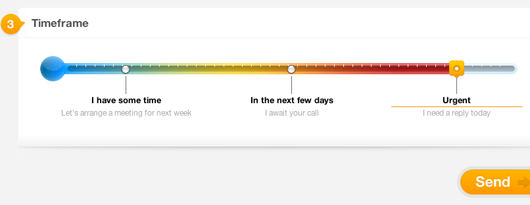



 We help web developers have more fun creating websites. We have a single product called
We help web developers have more fun creating websites. We have a single product called 
